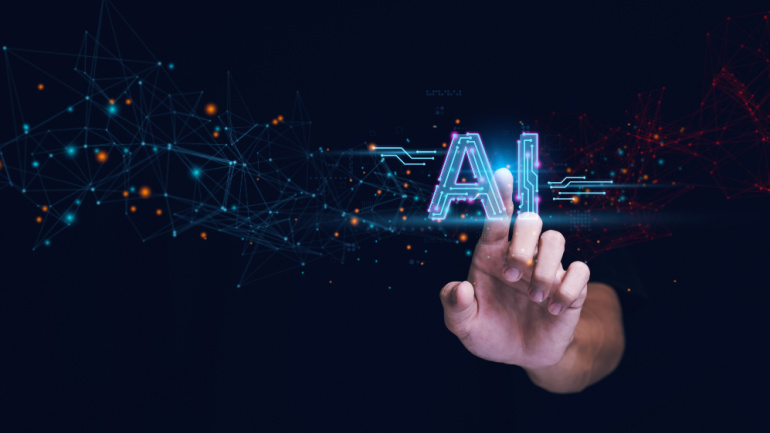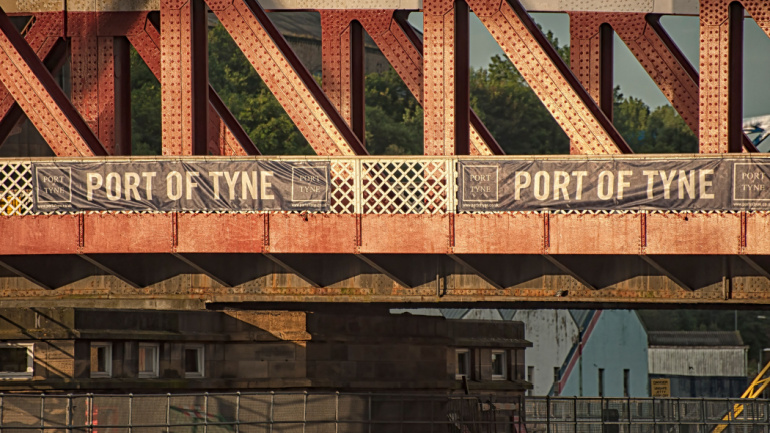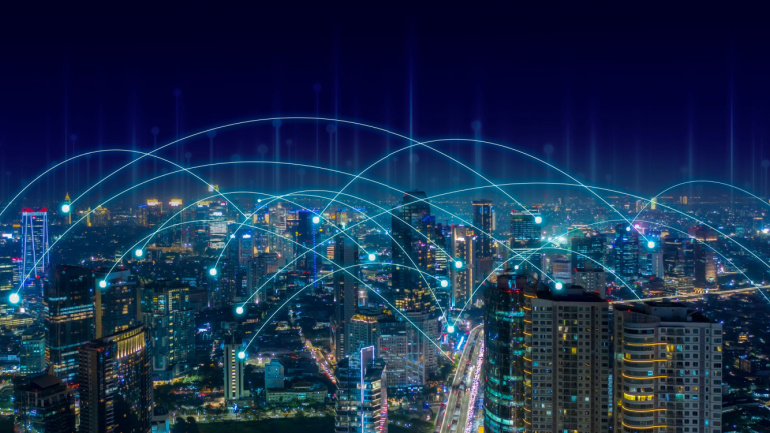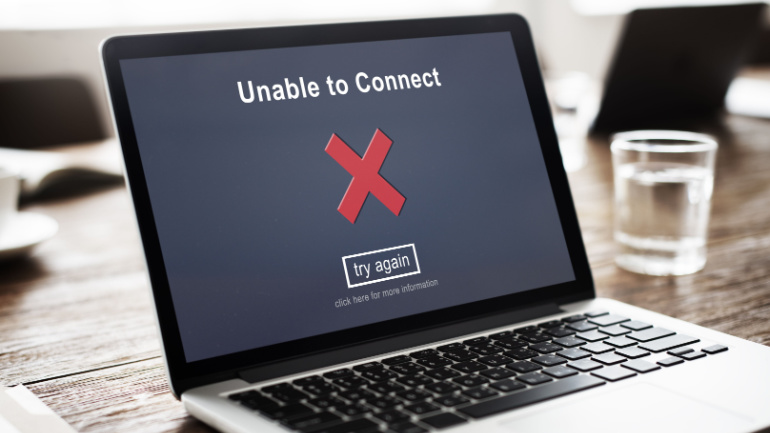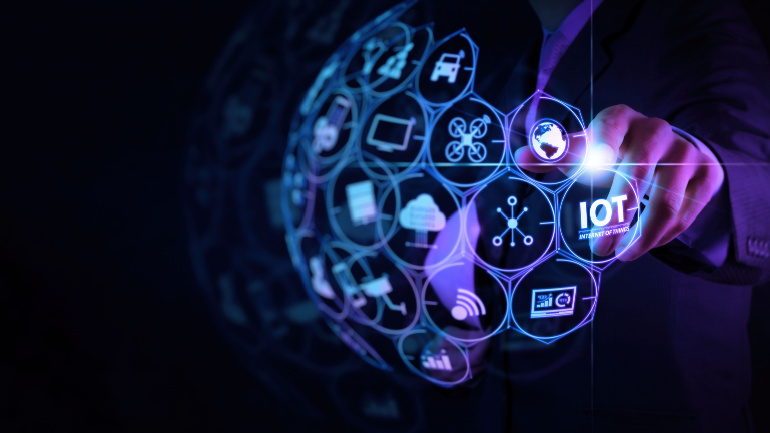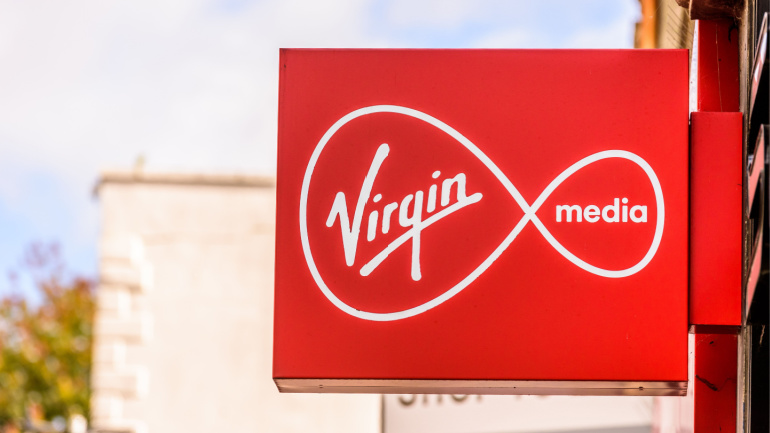The UK has spurred a global AI commitment, aptly named ‘The Bletchley Declaration,’ inviting international participants to coordinate efforts to transform AI into a force for societal good. This shared endeavor, decided during the UK-led AI Safety Summit, represents a crossroad for the world: fruitful scientific accomplishment or potential disaster if poorly managed. The declaration sets the stage for practical actions, yet, the exact plan of action remains uncertain. In light of global climate initiatives, questions arise on the effectiveness of this AI initiative. Will technological advancements in AI hold the answers to crucial global issues? Only time will tell.
The Port of Tyne, a key player in UK’s maritime infrastructure, is embarking on an exciting technological journey, partnering with Ericsson and BT to establish 4G and 5G private network connectivity. By engaging revolutionary standards in safety, efficiency, and sustainability, the Port aspires to become an exemplar among smart ports. Uniquely, the port-wide private network incorporates both 4G and 5G standalone connectivity, benefitting legacy devices while enabling cutting-edge 5G applications. This technological upgrade paves the way for futuristic applications that could revolutionize port operations while reducing carbon emissions. Learn more about this visionary initiative and its potential implications for the maritime industry.
Networking the future with simple text or voice commands? That’s what Nokia’s Bell Labs envisions with their new AI-centric technology – Natural-Language Networking. This breakthrough could revolutionize how network resources are managed by learning user needs over time, resulting in a self-regulating and adaptive system. As a pivotal part of the ambitious UNEXT programme, this technology simplifies network management, aiming for a seamless yet independent functioning of all network elements. An interactive OS that learns and anticipates need – the future of telecoms is unfolding right now.
Stepping into the spotlight, Ericsson unveils a software toolkit aimed at enhancing 5G connectivity services. Harnessing fresh algorithms to optimize performance, modifying RAN slicing for faster service, and promising superior low-latency capabilities, this toolkit is a game-changer. Despite the off-pulse struggle to unlock 5G potential, this toolkit is deemed as a catalyst for transitioning from ‘best-effort’ broadband to premium experience. Yet, the question remains: Will consumers bite? In this backdrop, Network X, a collaboration with the wireline and cloud industries, promises insightful stories and strategies, marking a critical date for telecom enthusiasts.
Telecom News | Week #44: T Challenge, End of Vodafone Spain, Nokia’s Technology Strategy 2030, Samsung and O2 testing vRAN.
The UK faces a digital exclusion dilemma, with lack of strategy and leadership leaving millions potentially unconnected. Baroness Stowell highlights the imperative of bridging this gap for global competitiveness. However, the effectiveness of suggested solutions remains debatable, and conversations around online safety further complicate the situation. With potential threats to end-to-end encryption, a revised approach to digital skills may be necessary.
BT collaborates with HPE to adapt to the rise in hybrid work and IoT demands, leveraging HPE’s Aruba Networking for a new managed LAN service. This partnership promises heightened flexibility, security and visibility, overcoming the limitations of conventional in-building networks. Despite this, the market faces potential turbulence, particularly from the clearances of backlogged orders affecting enterprise WLAN revenues. While this partnership signifies progress, the changes may create a challenging landscape for those in the industry.
While Europe’s increasing $227 billion investment in IoT assures advancements, it particularly underlines the businesses’ focus on operational cost reduction and process optimization. However, economic strains and geopolitical disturbances, like the war in Ukraine and Covid-19, impede this spending surge, especially in Central and Eastern Europe. IDC, nevertheless, forecasts an upturn by 2027, with IoT remaining a viable tool in organization performance enhancement amidst challenges. For telecom providers, these shifting sands offer both opportunities and considerable challenges.
Virgin Media O2 Plans Job Cuts Virgin Media O2 is reportedly planning job cuts, with anywhere between 800 and 2,000 jobs at risk of elimination. The company has rescheduled an imminent pay rise for staff to avoid including it in redundancy packages. This news disappoints staff who were led to believe they would have the opportunity to transfer to different departments, but anonymous sources suggest suitable alternative roles may not be available. The job cuts are part of the ongoing integration process between O2 and Virgin Media, following their merger in 2021, and are expected due to real estate consolidation and eliminating overlapping roles, common methods in mergers. Read the full article T-Mobile and Bellevue Pilot Road Safety Tech T-Mobile US and the city of Bellevue, Washington, are partnering to pilot Cellular Vehicle-to-Everything (C-V2X) technology, aimed at enhancing road and pedestrian safety through real-time information. T-Mobile will provide 5G connectivity,…
In a major step toward network evolution, UK’s Virgin Media O2 (VMO2) has successfully tested and begun selling services powered by cutting-edge XGS PON fibre technology. This move, primed to revolutionize digital connectivity, promises customers symmetric 10 Gbps upload and download speeds but might initially be geographically limited. The transformative technology is expected to rival offerings from other telco giants whilst unlocking the potential for future technological advancements.



